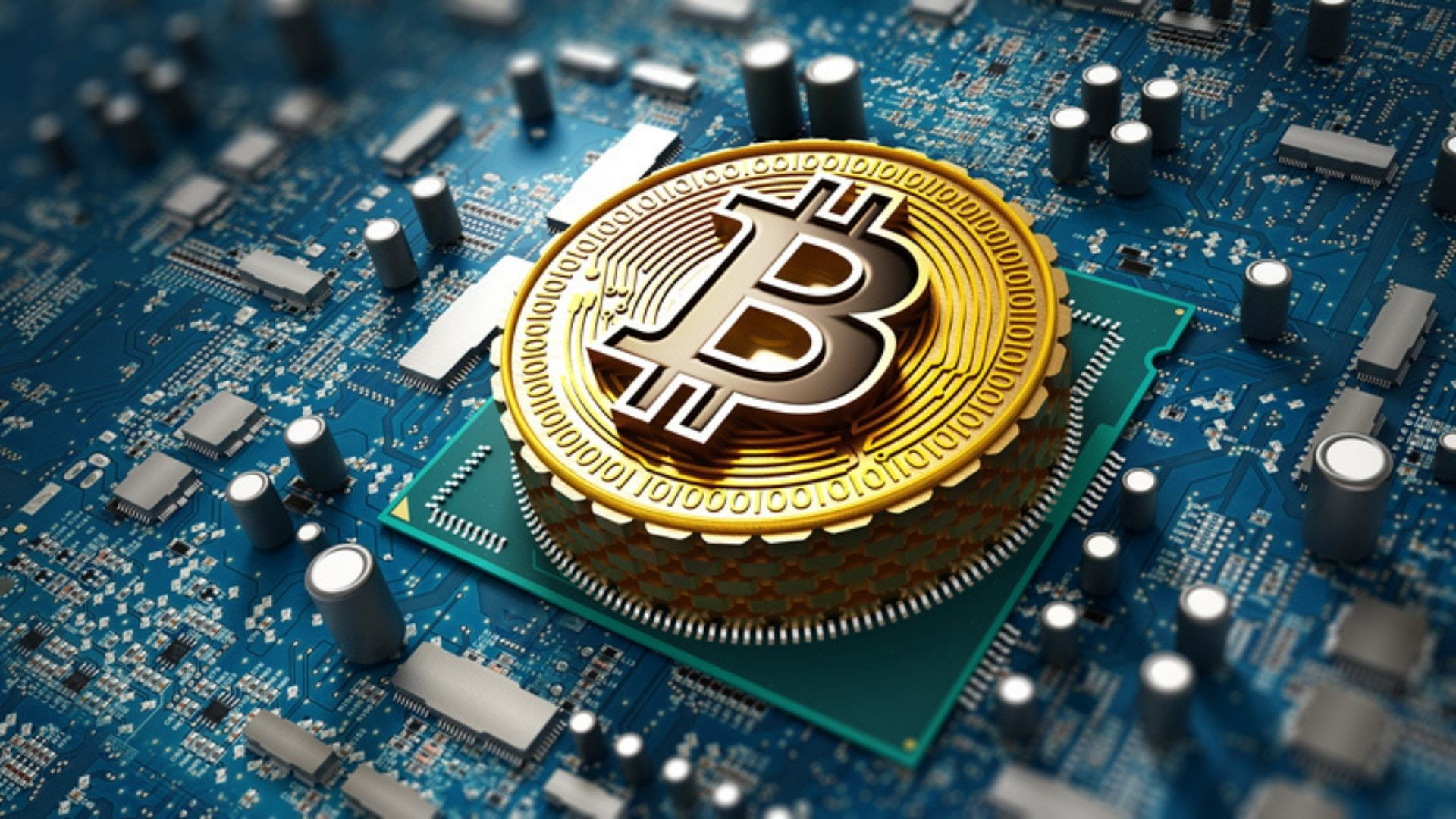
In the evolving world of cryptocurrency, Bitcoin mining remains one of the most crucial activities. It involves solving complex mathematical problems to validate transactions and add them to the blockchain, with miners receiving newly minted Bitcoins as a reward. As the Bitcoin network grows and mining becomes more competitive, the need for efficient and scalable mining operations has led to innovative solutions. One such solution is the use of Bitcoin mining containers. In this comprehensive article, we will explore what Bitcoin mining containers are, how they work, their benefits, and their role in the future of cryptocurrency mining.
What Are Bitcoin Mining Containers?

Bitcoin mining containers are modular units designed specifically to house and manage Bitcoin mining hardware. These containers are essentially portable data centers that provide an environment optimized for mining operations. They are equipped with the necessary infrastructure to support a large number of mining rigs, including power supply systems, cooling mechanisms, and network connectivity.
Mining containers can vary in size and configuration, but they all share a common purpose: to provide a scalable and efficient solution for Bitcoin mining. They are often used by large-scale mining operations, including mining farms and data centers, to streamline their operations and maximize efficiency.
How Do Bitcoin Mining Containers Work?
Bitcoin mining containers operate by integrating several key components to ensure smooth and efficient mining processes:
| Component | Description |
|---|---|
| Mining Hardware | ASICs or GPUs designed to perform complex calculations for mining. |
| Power Supply | Robust systems that meet high energy demands, often with redundancy for uninterrupted operation. |
| Cooling Systems | Advanced cooling solutions (air conditioning or liquid cooling) to maintain optimal temperatures. |
| Networking | High-speed internet connections to ensure reliable communication with the Bitcoin network. |
| Monitoring & Control | Integrated systems for tracking performance and managing hardware remotely. |
Benefits of Bitcoin Mining Containers

Bitcoin mining containers offer several advantages over traditional mining setups:
- Scalability: Containers can be easily added or removed, allowing flexible growth.
- Cost Efficiency: Consolidating hardware reduces costs and achieves economies of scale.
- Portability: They can be deployed in various locations to optimize operational costs.
- Enhanced Security: Features such as surveillance cameras and secure enclosures protect hardware.
- Environmental Control: Integrated cooling systems help improve hardware performance and lifespan.
- Quick Deployment: Mining containers can be rapidly deployed and operational.
| Benefit | Description |
|---|---|
| Scalability | Easy addition/removal of containers for growth. |
| Cost Efficiency | Reduced costs through consolidation. |
| Portability | Deployable in locations with favorable conditions. |
| Enhanced Security | Protection features like surveillance and secure enclosures. |
| Environmental Control | Maintains optimal operating conditions for hardware. |
| Quick Deployment | Rapid setup allows for immediate scaling in response to demand. |
The Role of Bitcoin Mining Containers in the Future
As the Bitcoin network continues to grow and mining becomes more competitive, the role of mining containers is expected to become increasingly important. Here’s how they are shaping the future of cryptocurrency mining:
- Efficiency Improvements: Continuous development focuses on reducing energy consumption and enhancing performance.
- Global Mining Expansion: Facilitates mining operations in diverse locations, contributing to a decentralized ecosystem.
- Sustainability: Designed with renewable energy integration, improving energy efficiency and reducing carbon footprints.
- Integration with Renewable Energy: Combines mining operations with solar or wind power for sustainable practices.
- Advanced Automation: Future developments may include AI-driven management systems for streamlined operations.
Challenges and Considerations

Despite their advantages, Bitcoin mining containers also face some challenges:
- Initial Investment: High initial costs may deter smaller operators.
- Maintenance and Upgrades: Regular upkeep is required to ensure operational efficiency.
- Regulatory Compliance: Must adhere to local regulations concerning energy usage and environmental impact.
- Market Volatility: Fluctuations in Bitcoin prices can impact the financial viability of mining operations.
Bitcoin mining containers represent a significant advancement in the world of cryptocurrency mining. By providing a scalable, cost-efficient, and flexible solution, they are transforming how mining operations are conducted and managed. As the industry continues to evolve, mining containers will play a critical role in shaping the future of Bitcoin mining, driving efficiency, sustainability, and global expansion.
Understanding Bitcoin mining containers and their benefits is essential for anyone involved in or interested in the cryptocurrency mining industry. Whether you are an investor, operator, or technology enthusiast, staying informed about the latest developments in mining infrastructure can provide valuable insights into the future of digital currency mining.
Useful Links
- Investopedia – Bitcoin Mining – Comprehensive guide to Bitcoin mining and its aspects.
- MiningPoolStats – Information about mining pools and their statistics.
- Bitinfocharts – Statistics and data on Bitcoin and other cryptocurrencies.
